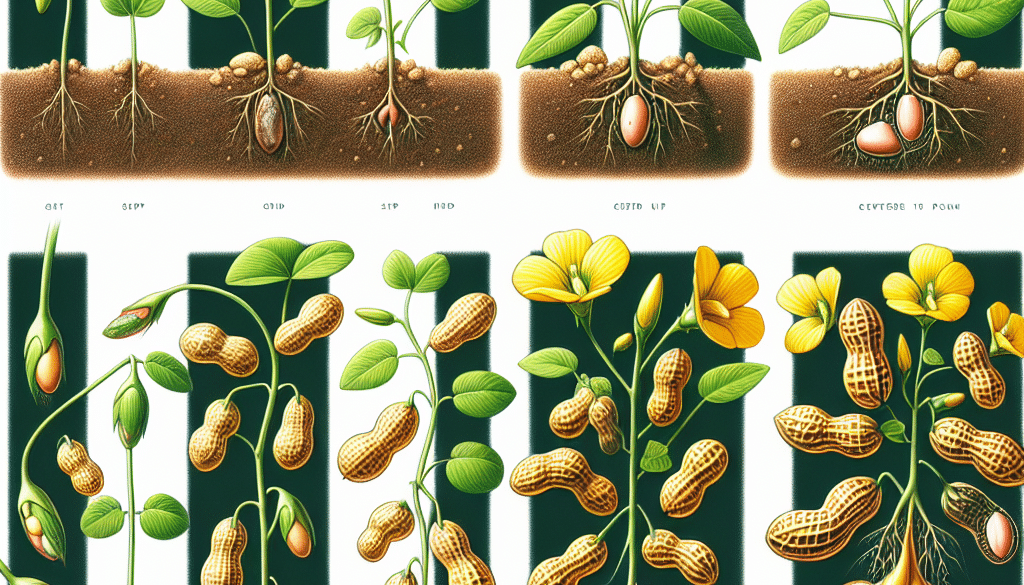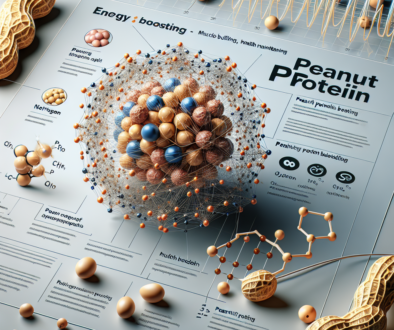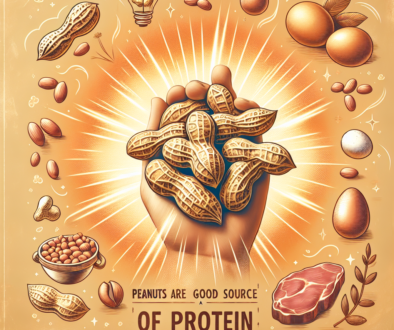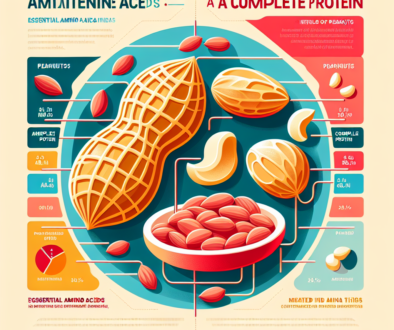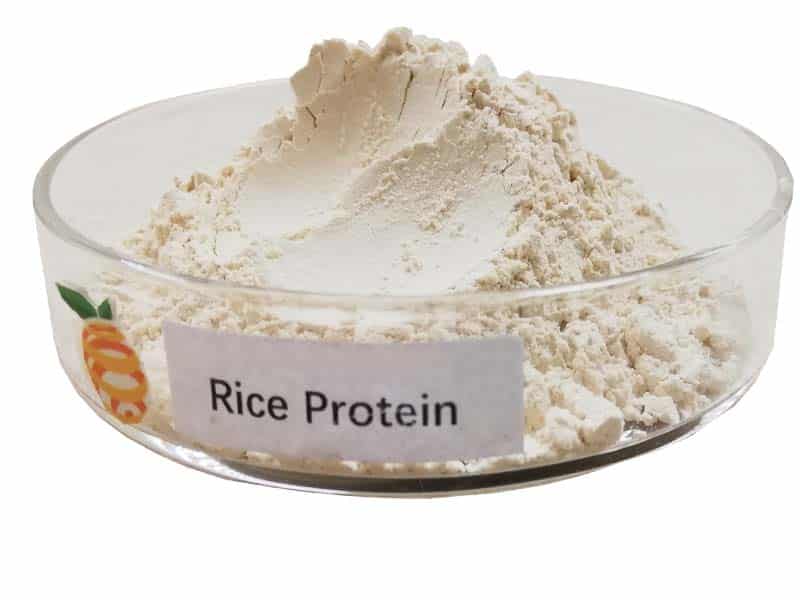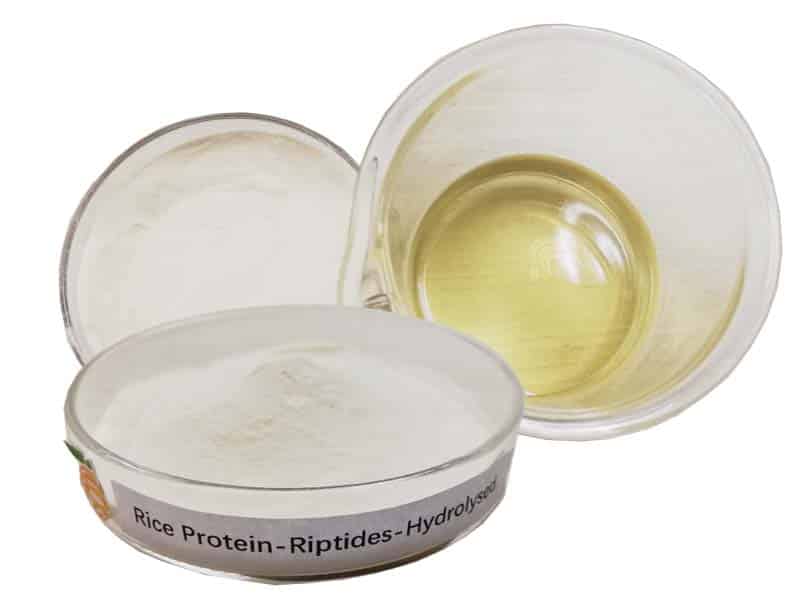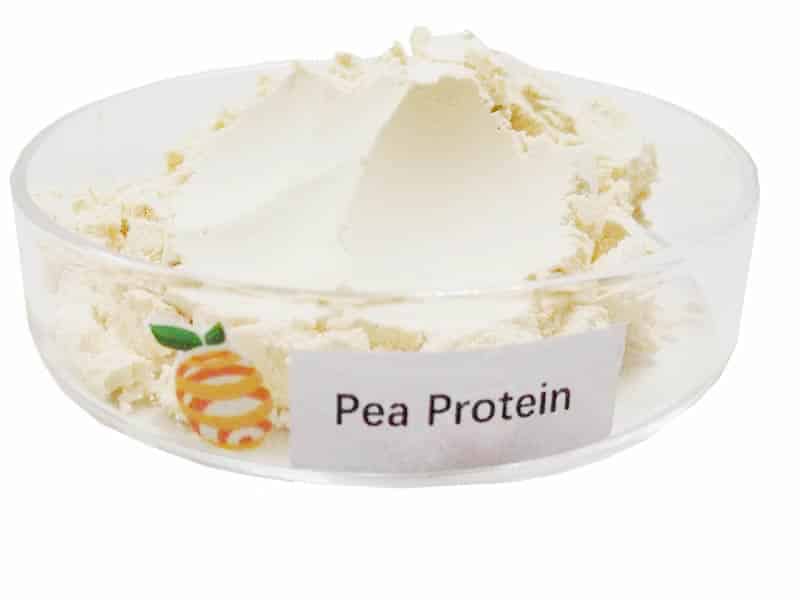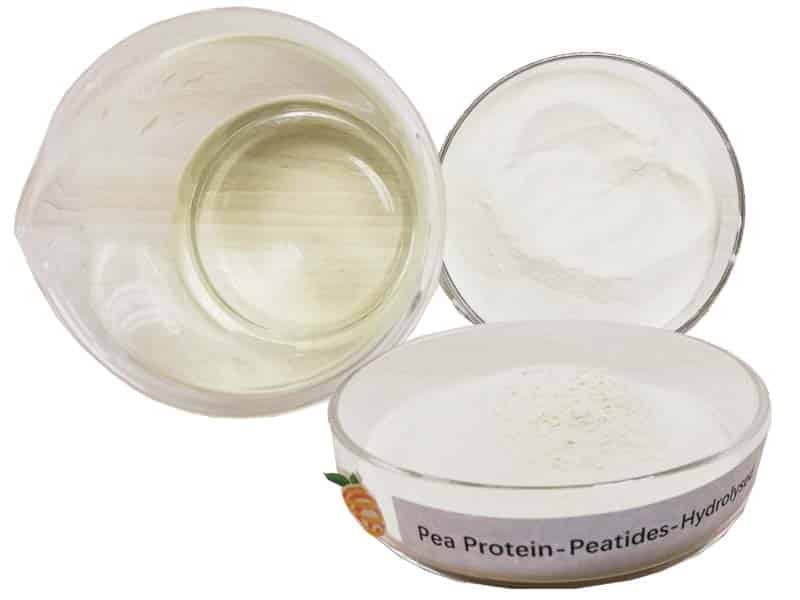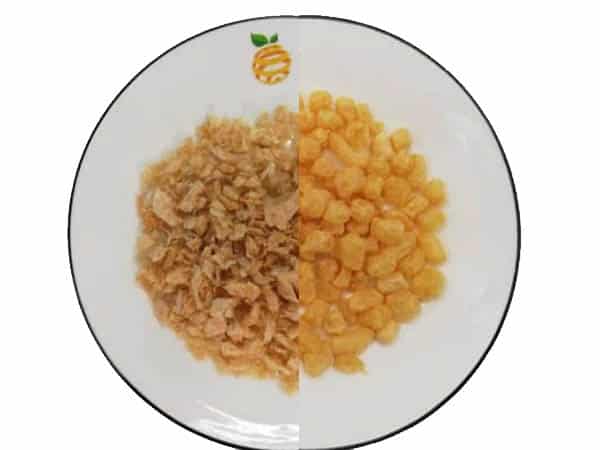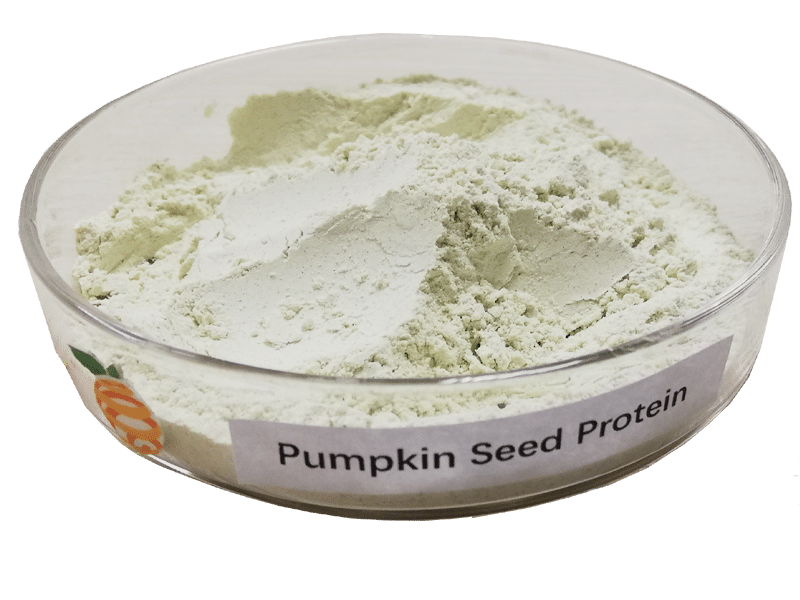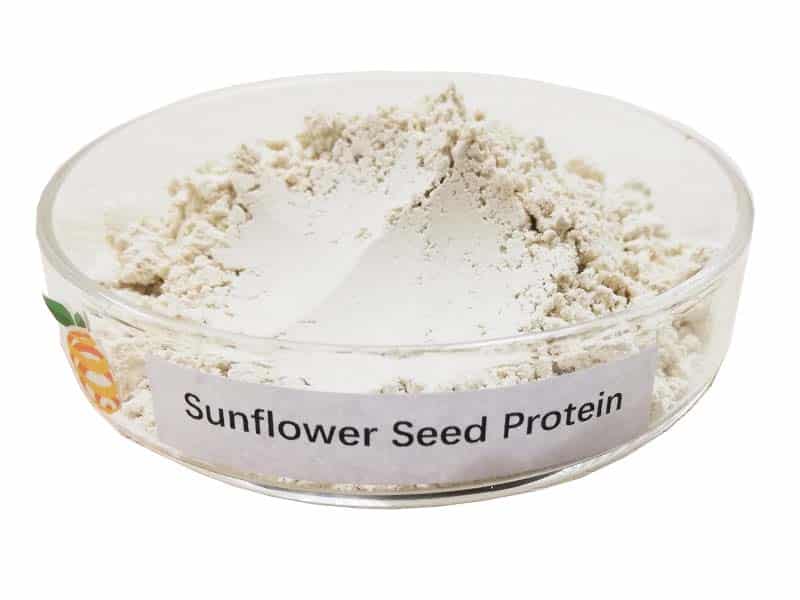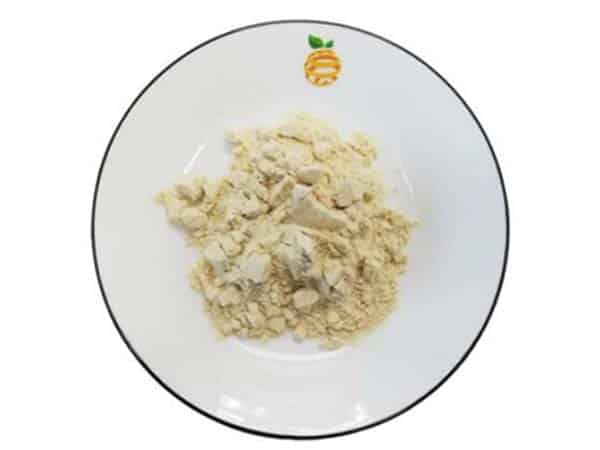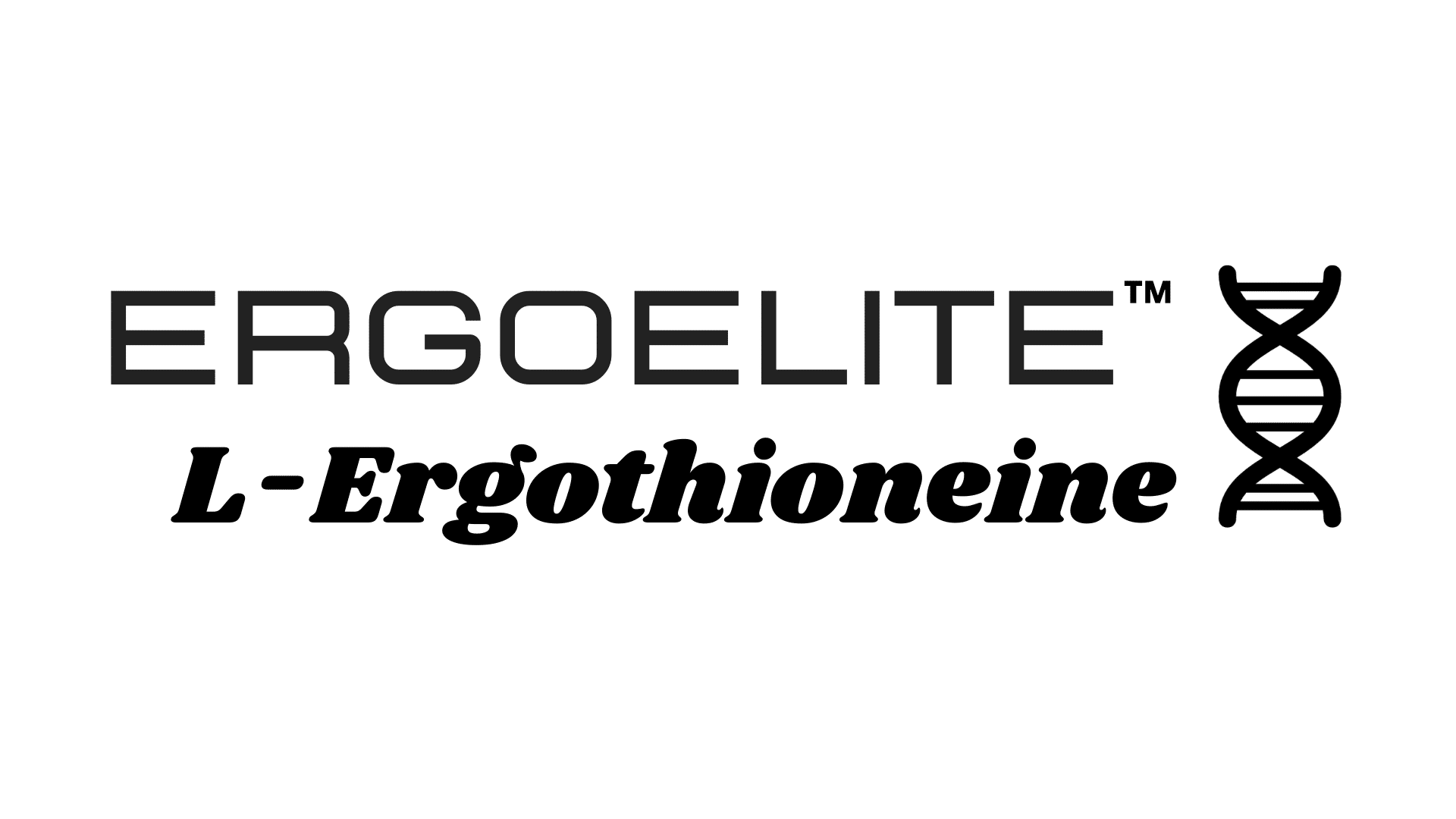Ground Peanut Plant: From Soil to Snack
-
Table of Contents
- Ground Peanut Plant: A Journey from Soil to Snack
- The Lifecycle of the Peanut Plant
- Cultivation Practices
- Harvesting and Processing
- From Raw Peanuts to Snack
- Nutritional Benefits and Uses
- Case Studies and Statistics
- Conclusion: The Ground Peanut Plant’s Impact
- Discover ETprotein’s High-Quality Protein Products
Ground Peanut Plant: A Journey from Soil to Snack
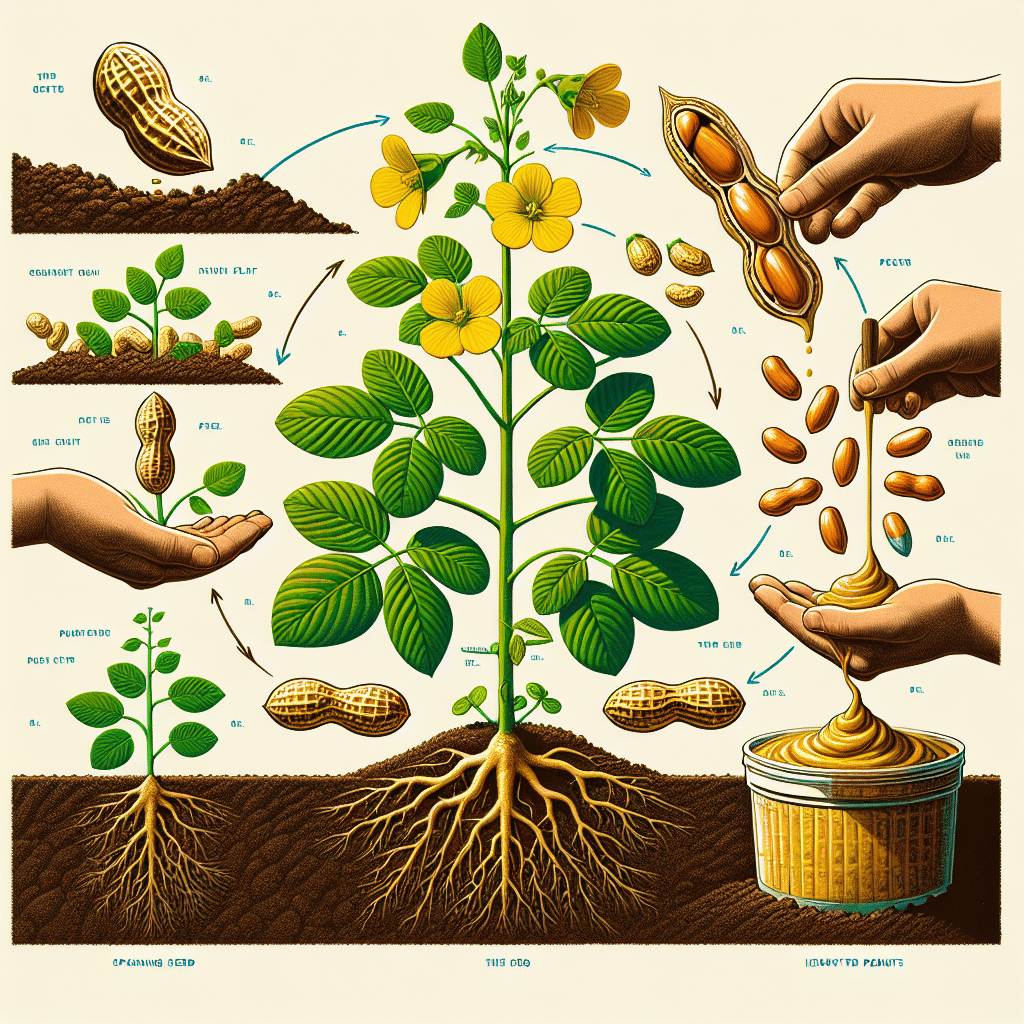
Peanuts, also known as groundnuts, are a staple in diets around the world, revered not only for their nutritional value but also for their versatility in various culinary applications. From being a simple snack to becoming a key ingredient in a multitude of dishes, the ground peanut plant has a fascinating journey from soil to snack. This article delves into the lifecycle of the peanut plant, its cultivation, harvesting, processing, and the final transformation into the snacks we all love.
The Lifecycle of the Peanut Plant
The peanut plant (Arachis hypogaea) is a unique legume that flowers above the ground, but fruits below the soil. This section explores the stages of growth from seed to harvest.
- Planting: The process begins with planting the peanut seeds in well-drained, sandy loam soil after the last frost of the season has passed.
- Germination and Growth: Peanut seeds germinate and sprout, growing into green leafy plants that reach about 18 inches in height.
- Flowering and Pegging: The plants produce yellow flowers, which, after pollination, wilt and form “pegs” that extend and bury themselves in the soil.
- Maturation: The peanuts develop and mature underground over a period of about four to five months.
Cultivation Practices
Successful peanut cultivation requires attention to several key factors, including soil preparation, planting techniques, and pest management.
- Soil Preparation: Farmers ensure the soil is rich in nutrients and well-aerated to facilitate the growth of peanuts.
- Planting Techniques: Precision in planting depth and spacing is crucial for optimal peanut development.
- Pest Management: Integrated pest management practices are employed to protect the crop from diseases and pests.
Harvesting and Processing
Harvesting peanuts is a delicate process that involves timing and technique to ensure the nuts are not damaged and are suitable for consumption.
- Digging: Specialized equipment is used to dig up the peanut plants, exposing the pods to the sun.
- Drying: The harvested peanuts are allowed to dry in the field or through artificial means to reduce moisture content.
- Shelling: Once dried, the peanuts are shelled to remove the outer husks, revealing the edible seeds inside.
From Raw Peanuts to Snack
The transformation of raw peanuts into snacks involves several processes, including roasting, seasoning, and packaging.
- Roasting: Peanuts are roasted to enhance their flavor and extend shelf life.
- Seasoning: A variety of seasonings can be added to cater to different taste preferences.
- Packaging: The final product is packaged in a way that maintains freshness and quality.
Nutritional Benefits and Uses
Peanuts are not only delicious but also packed with essential nutrients. They are a good source of protein, healthy fats, vitamins, and minerals. Peanuts can be enjoyed in various forms, such as peanut butter, peanut oil, and as a crunchy addition to dishes.
Case Studies and Statistics
Several studies have highlighted the economic and nutritional importance of peanuts. For instance, the peanut industry contributes significantly to the economies of top-producing countries like China, India, and the United States. Moreover, peanuts are a vital crop for smallholder farmers in Africa, providing a source of income and food security.
Conclusion: The Ground Peanut Plant’s Impact
The journey of the ground peanut plant from soil to snack is a testament to the ingenuity of agricultural practices and food processing. The humble peanut plays a significant role in global nutrition and economy, proving that great things often come in small packages.
Discover ETprotein’s High-Quality Protein Products
If you’re looking for premium plant-based protein options, ETprotein offers a range of products that cater to various dietary needs. From organic rice protein to peanut protein, their selection is perfect for those seeking healthy and sustainable protein sources.
About ETprotein:
ETprotein, a reputable protein Chinese factory manufacturer and supplier, is renowned for producing, stocking, exporting, and delivering the highest quality organic bulk vegan protein and plant proteins. They include Organic rice protein, clear rice protein, pea protein, clear pea protein, pumpkin seed protein, sunflower seed protein, mung bean protein, peanut protein etc. Their offerings, characterized by a neutral taste, non-GMO, allergen-free attributes, cater to a diverse range of industries. They serve nutraceutical, pharmaceutical, cosmeceutical, veterinary, as well as food and beverage finished product distributors, traders, and manufacturers across Europe, USA, Canada, Australia, Thailand, Japan, Korea, Brazil, and Chile, among others.
ETprotein specialization includes exporting and delivering tailor-made protein powder and finished nutritional supplements. Their extensive product range covers sectors like Food and Beverage, Sports Nutrition, Weight Management, Dietary Supplements, Health and Wellness Products, and Infant Formula, ensuring comprehensive solutions to meet all your protein needs.
As a trusted company by leading global food and beverage brands and Fortune 500 companies, ETprotein reinforces China’s reputation in the global arena. For more information or to sample their products, please contact them and email sales(at)ETprotein.com today.

